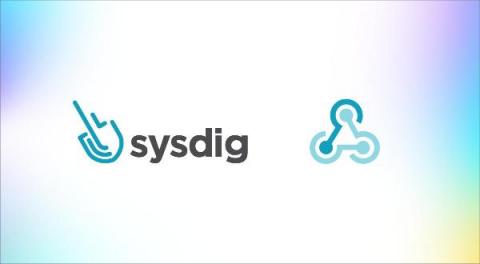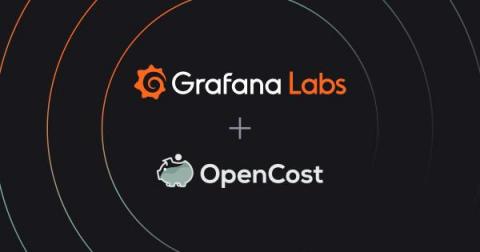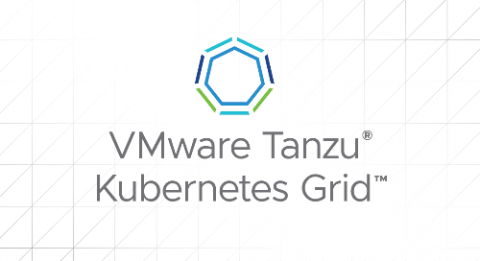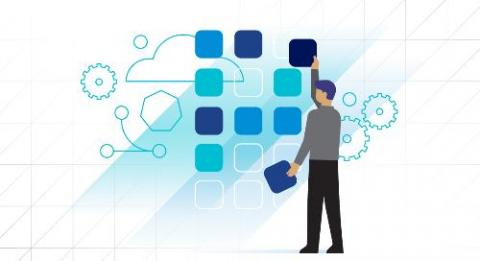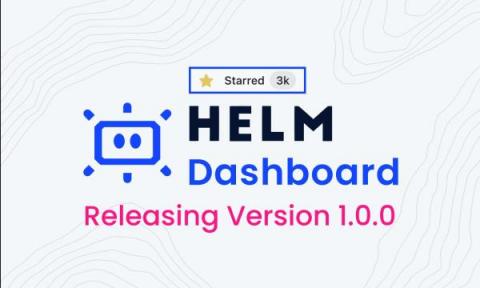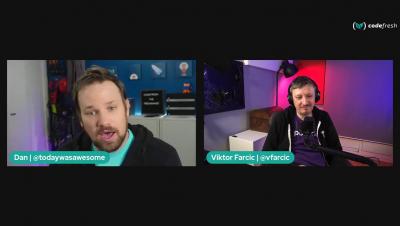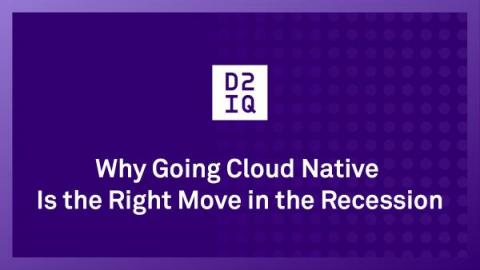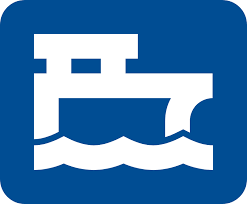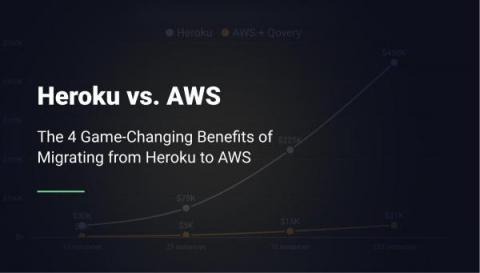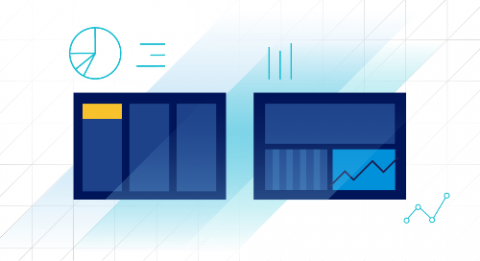Unveiling Sysdig's new custom webhook
Sysdig Monitor has long integrated with a variety of Notification Channels, allowing users to forward alerts to a multitude of third-party services. Currently, users can choose to forward Sysdig Monitor’s alerting events to external services like PagerDuty, Slack, Email, Microsoft Teams, and many more.


